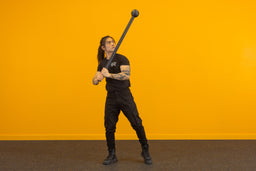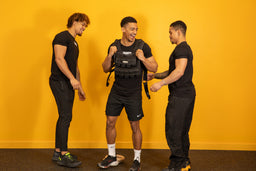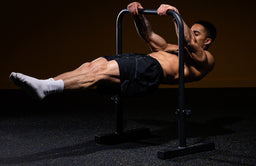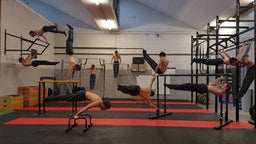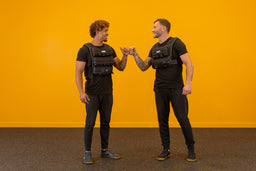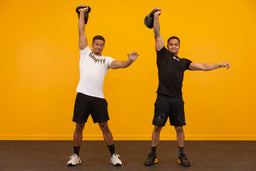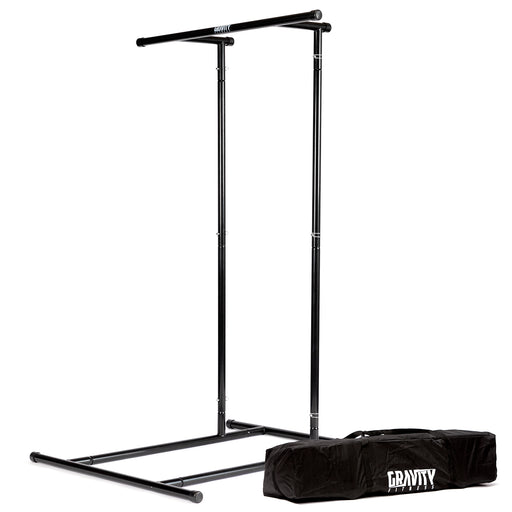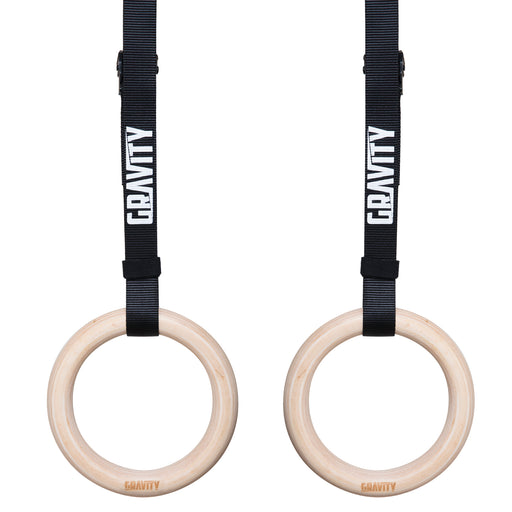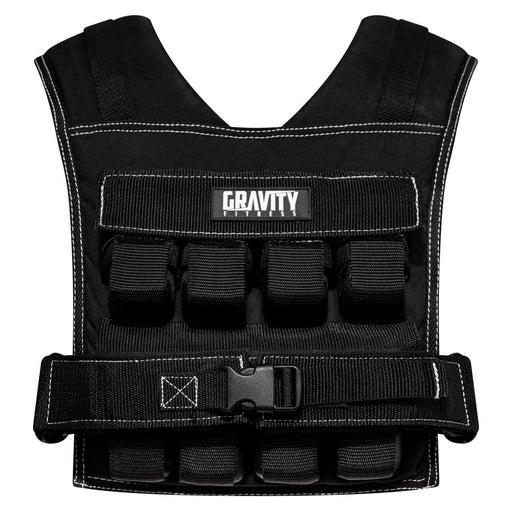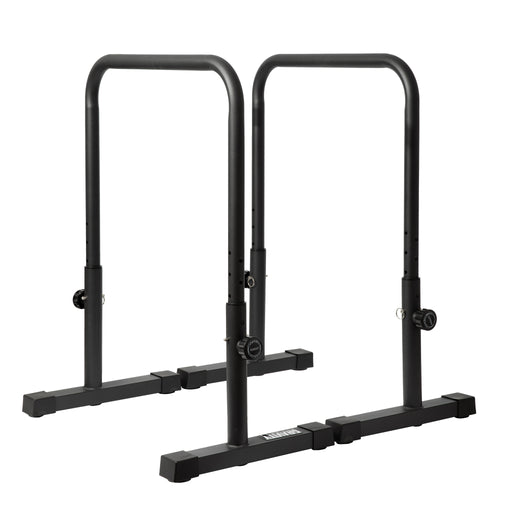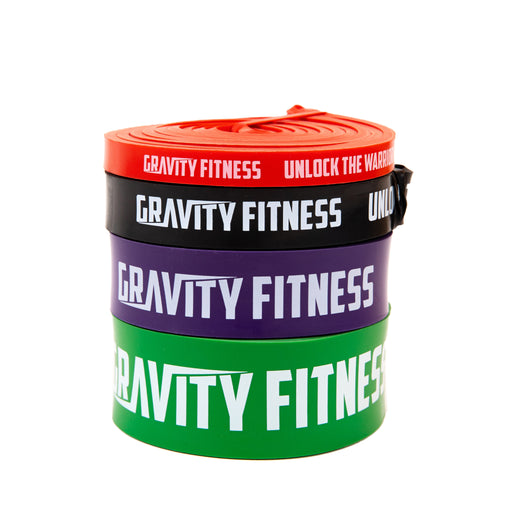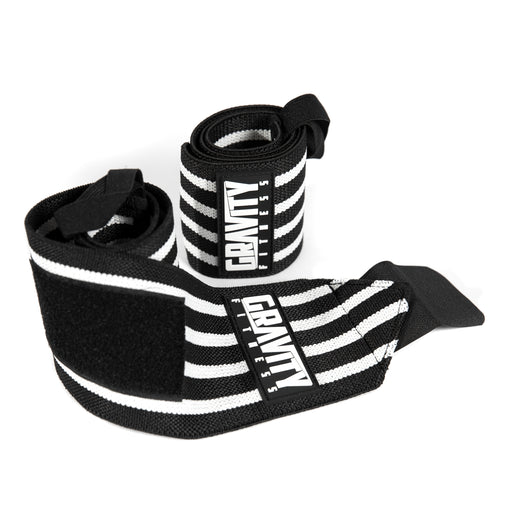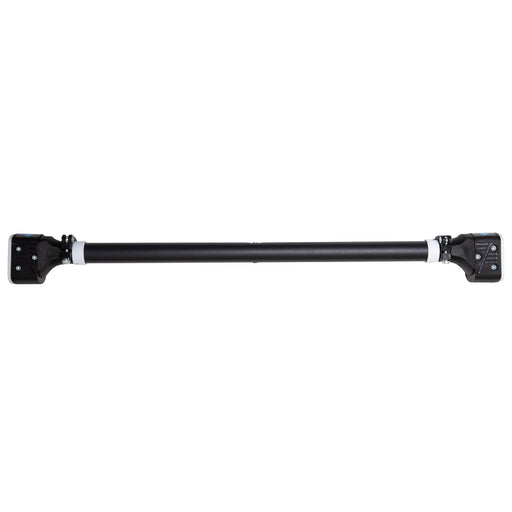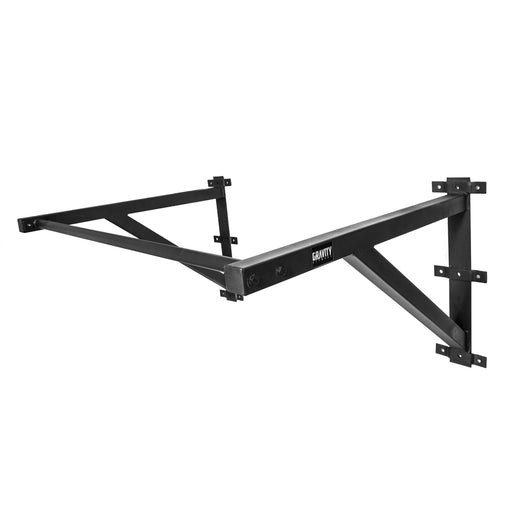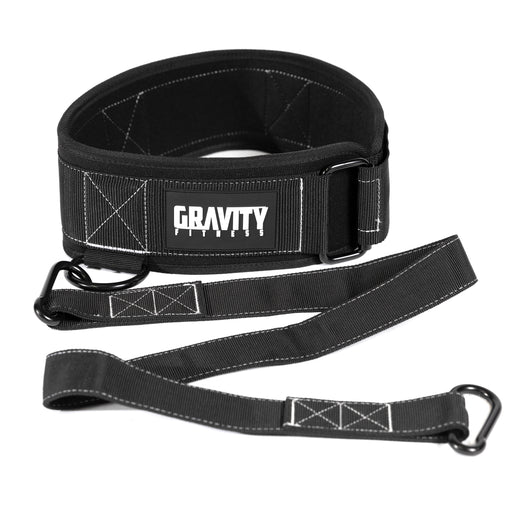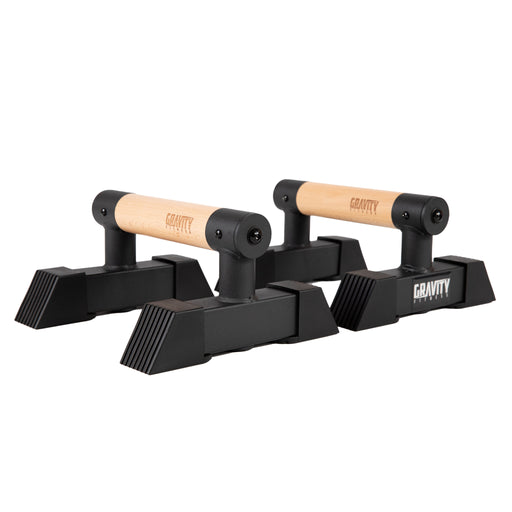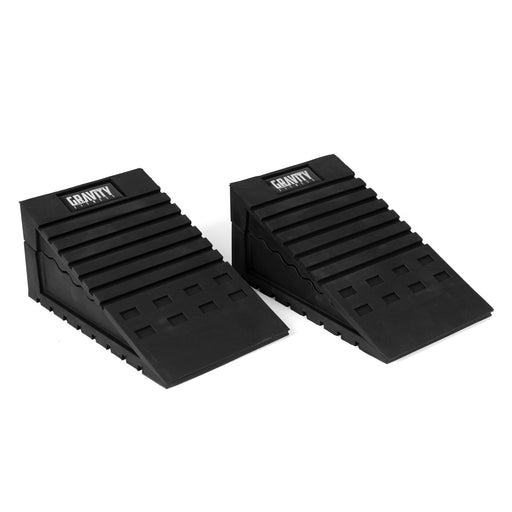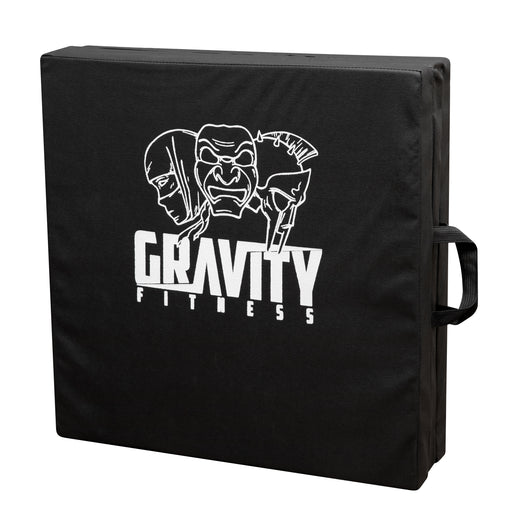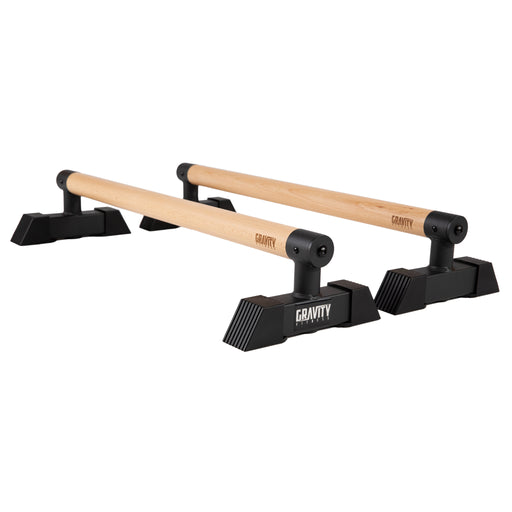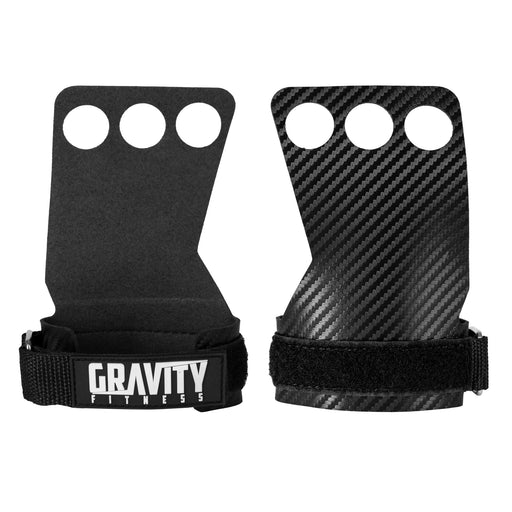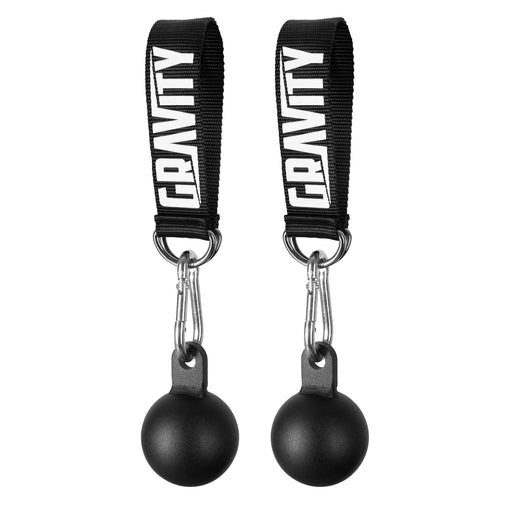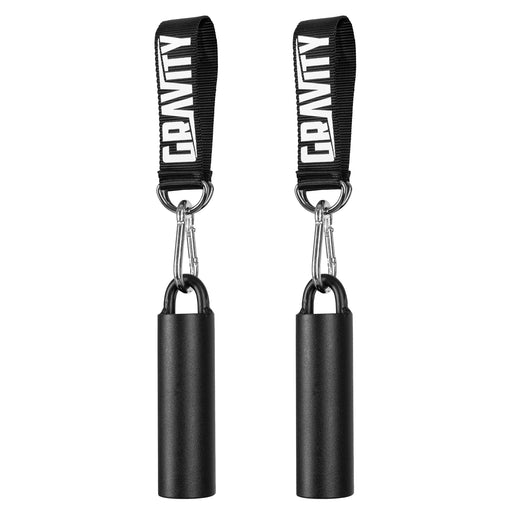
Foam Rolling: What You Need To Know
Foam Rolling: What You Need To Know
Foam rolling is fantastic for warm ups and cooldowns, and for adding to flexibility and mobility as well. But how can you use it best to benefit your training? I’m going to go over some of the key points that make foam rolling so versatile and some points where things have been greatly exaggerated.
Fundamentally, foam rolling is one of the most efficient ways to promote blood flow to muscle tissue and around the body, as well as for releasing fascial tissue. This explains why it’s so wonderful for stopping DOMS (delayed onset muscle soreness) in a cool down and preventing injury and promoting circulation as a warm up.
Think of the fascial tissue as the cling film that wraps itself around the body. When cling film is scrunched up it’s tight and inefficient. It needs to opened out to surround and protect an object. It’s the same with our fascial tissue. The fascial tissue needs to be loosened and opened up to increase our flexibility and mobility.
Flexibility (passive muscle lengthening) and mobility (active muscle lengthening) are key to improving strength, and various bodyweight techniques, through the maximum ranges of movement. Using foam rolling frequently keeps the fascial tissue limber and supple, allowing for greater ranges of motion. Also foam rolling keeps the muscle tissue primed for movement and engagement, preventing DOMS and greatly reducing injury risk. If you’re looking into the more advanced movements of calisthenics, a good mobility and flexibility program is essential to keep your body supple, and foam rolling is one of the key ways to do that. Is foam rolling a magic tool to enable you do magically be able to do front or side splits? Or to completely secure you a press to HS? Definitely not, that’s what good gradual programming is for. But what foam rolling does do, is prepare your tissues throughout the body for these more extreme movements.
Foam rolling can, and will be a bit painful to start with. As long as you don’t go above a 7 on your own personal pain scale, you should be fine. Any areas that you find are sensitive, don’t hide from. Keep rolling them out for a bit longer and they should feel better. Make sure to be safe and have control over the foam roller at all times.
Foam rolling can be done over the front (anterior) and back (posterior) of the body. But joints need to be avoided at all costs when foam rolling, as there are nerve clusters around large joints which have little to no muscular protection. When foam rolling be careful to stop about an inch or so before any major joints. When foam rolling on your back side, make sure you are rolling one side and then the other to avoid rolling up and down the spine and the lower back directly.
With my clients, I also use the foam roller to build strength, engagement and balance in plank positions through strengthening the serratus anterior muscles from the lats to the ribs, which are very important in those more advanced calisthenics holds, especially where full body tension is concerned.
In summary then, foam rolling is a fantastic addition to your training arsenal to help prevent injuries and muscle soreness, as well as allowing the body to explore greater ranges of motion actively, and passively, whilst training. Plus foam rolling can be applied across multiple different training styles, such as Yoga, Pilates and strength work.
We would love to see how you guys use your foam rollers during training. Have you come up with any innovative and amazing ideas using a foam roller? We’d love to see you rollin’ @gravity.fitness on IG!

